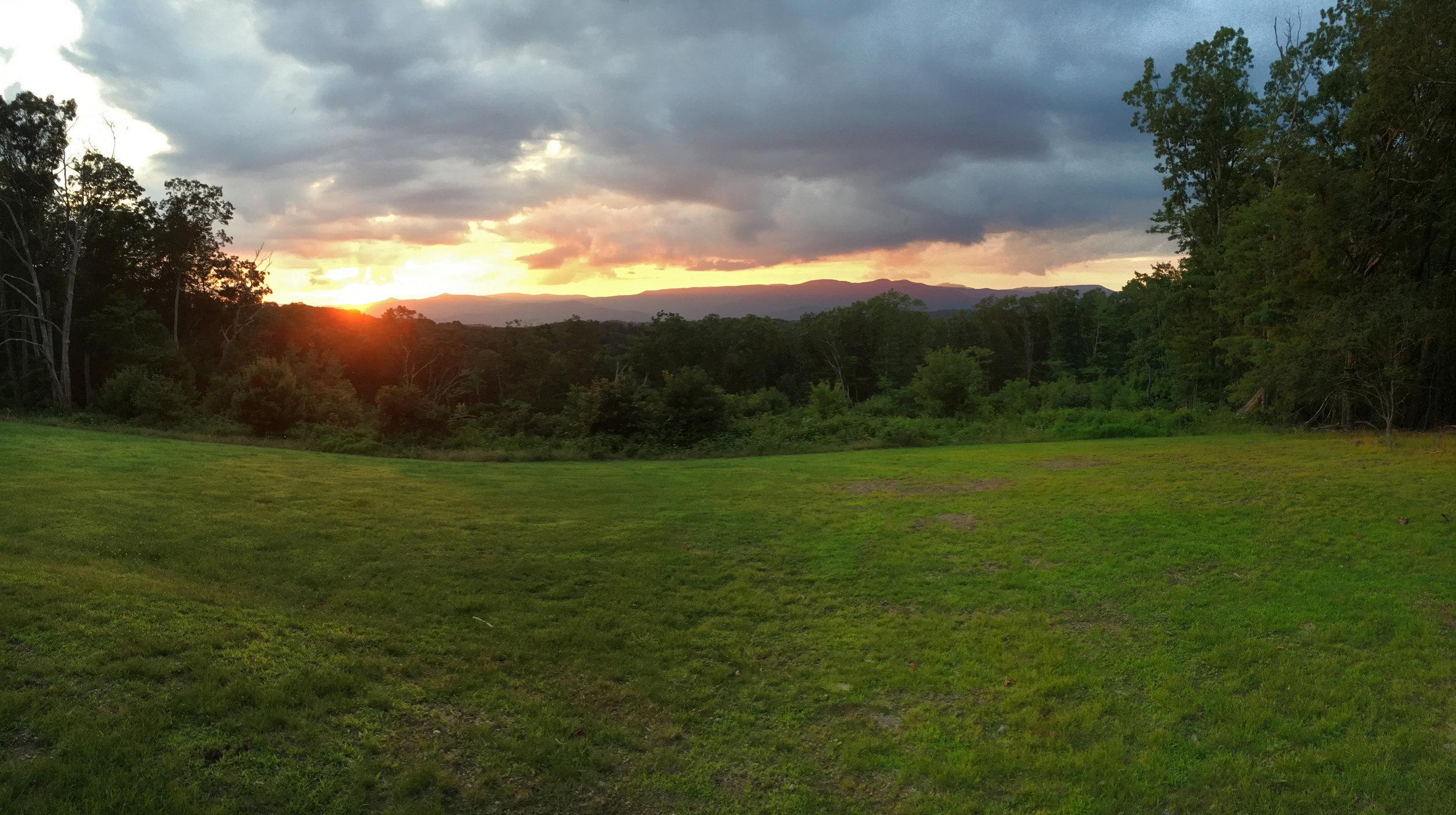Book Review

BY JOSH BALDWIN
I was looking for a book to take for a long weekend at Watoga State Park over the summer when my friend, Travis Eads, handed me a book written by an old friend of his from Charleston, WV. The friend, Conor Knighton, had spent an entire year of visiting every single National Park, starting with a New Year’s Day sunrise at Acadia National Park in Maine, and ending with a sunset at Point Reyes Lighthouse in California on the last day of the year.
After the first chapter of Leave Only Footprints, I found myself hooked. Knighton, a national correspondent for CBS Sunday Morning, has a certain ease and familiarity in his writing that makes you root for him—whether in his dating life, covered throughout certain sections, or his goal of reaching all of the parks.
Between an interview with Rick Steves and hotel hopping, we caught up with Conor during the pandemic to talk about his book and the future of our National Parks.
You grew up in Charleston. Tell us about your path to becoming a CBS correspondent.
My parents joke that this has all been a logical progression from my days competing in the West Virginia State Social Studies Fair. Every CBS Sunday Morning story I do is like a mini Social Studies Fair project—I get to dive into a topic that interests me and then share what I learned. I’ve enjoyed doing that ever since seventh grade.
I’ve been lucky to have had a number of TV gigs (everything from hosting a comedy show for Current TV to a movie countdown show for AMC) but Sunday Morning has involved far more travel than anything else I’ve ever done. I even tricked them into sending me back home for a story—in 2018, I came to West Virginia to do a story on pepperoni rolls.
Your book came out smack in the middle of the pandemic lock down and a lot of Americans were rediscovering the outdoors. Great timing right?
Well, partly. The book came out the same week nearly every bookstore in the country closed down, which could hardly be called great timing. The types of author signings and media appearances that usually coincide with a book launch were all cancelled. But with everyone stuck at home, there did end up being an unexpected surge in folks looking for an armchair escape—it can be comforting to read about these places even when we can’t visit. Now that domestic travel is opening up again, the parks have become especially popular vacation spots for people eager to get some fresh air.
The book’s chapters are broken down into park features such as “Trees,” “Caves,” or “People.” What made you decide to break it up like that instead of your trip chronologically?
One advantage of having seen all of the parks, and not just some of them, is that I could see some of the thematic threads that tie these wildly different places together. When you look at the Table of Contents, you’ll see chapter titles like “Sound,” “Borders,” and “Home.” Alaska’s remote Kobuk Valley—north of the Arctic Circle—and Ohio’s Cuyahoga Valley—twenty miles south of Cleveland—both had lessons to teach me about living off the land (explored in Chapter 19, “Food”). The thematic approach was more challenging than a puely chronological one, but one I think was ultimately more illuminating.
I found it interesting that the crux of the book is about connecting with nature, but your personal relationships/dating life is driven through technology. Do you see a certain irony in modern American life?
I don’t think I could have pulled this trip off without technology, especially since I was producing pieces for CBS Sunday Morning along the way. Technology actually helped me spend more time in these wild places—I could upload footage and record voiceovers without ever having to fly back to our offices in New York. While I certainly came to treasure a cell service-free park’s ability to force me to disconnect while on the trail, I also valued how technology helped me connect with strangers when back in town. That duality is what modern life is all about—connecting with nature doesn’t mean shunning technology, it just means being more intentional and responsible about how you use it.
Conor at Sequoia National Park
What parks do you find yourself thinking about more than others? Have you returned to any since the travels in the book?
In the years since the journey documented in the book, I’ve returned to over a dozen of the parks—from Mount Rainier to Mammoth Cave— enjoying sections I may have missed the first time around. Just a few weeks ago, I headed back to Crater Lake and Lassen Volcanic. I’m eager to return to Glacier at some point—I find myself thinking about that park a lot. It’s a large park and there’s so much more there I want to see.
Where do you see the National Park service in the next 10-20 years?
Former Park Service director Jon Jarvis has said that climate change is “fundamentally the greatest threat to the integrity of our national parks that we have ever experienced.” Some of the most popular parks are struggling with overcrowding, and all parks are dealing with funding shortfalls. Diversity in staffing, attendance, and storytelling remains an issue. So, there are certainly plenty of challenges facing the Park Service, but I’m optimistic about their future. The parks enjoy high levels of public support, and the more people who experience them, the more people are likely to fight to ensure their survival. It’s been over a century since John Muir wrote in Our National Parks that “thousands of tired, nerve-shaken, over-civilized people are beginning to find out that going to the mountains is going home; that wildness is a necessity.” That sentiment feels even more true today.
Leave Only Footprints is available locally at A New Chapter bookstore in Lewisburg (newchapterbookswv.com).






